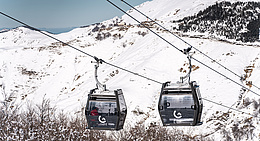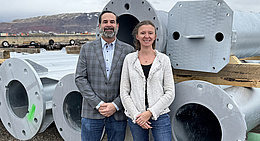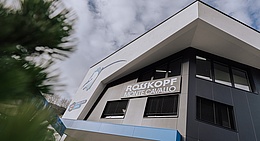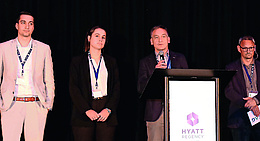For the first time in three years, the annual National Convention & Tradeshow of the American National Ski Areas Association (NSAA) was finally a physical on-site reality and not a virtual experience on the computer. So it was all the more fitting that this key industry event was held from May 11-15 in Nashville, TN. The capital of the U.S. state of Tennessee has long been the Mecca of country music and is now also a real hot spot for non-stop partying. This is especially true of brides-to-be who choose Nashville for their bachelorette. Due to the effects of the pandemic there seems to be some catching up to do, and the party culture has gotten a little out of hand in Nashville, which we Europeans are tempted to compare with the Spanish island of Mallorca and the partying excesses there.
Photo: M. Lobmaier
CONFERENCE
Back to face-to-face at last!
All the attendees at the very busy NSAA National Convention & Tradeshow 2022 were agreed: Despite the many challenges, including the Covid-19 pandemic and staffing issues, the mood at this year’s event was better than it had been for a long time. One of the reasons: a 2021/22 winter season with a total of 61 million skier visits – a new record!
Several round anniversaries
In addition to a very successful 2021/22 winter season, the National Ski Areas Association, which was founded in 1962, had another reason to celebrate in 2022, namely its 60th anniversary. And the NSAA was not alone, as quite a few U.S. ski resorts had milestone anniversaries to celebrate in the 2021/22 winter season, including Silverton Mountain in Colorado (20 years), Powder Mountain and Snowbird in Utah (both 50 years), Breckenridge Ski Resort and Crested Butte Mountain Resort in Colorado (both 60 years), Homewood Mountain Resort in California (60 years), Stratton in Vermont (60 years), Arapahoe Basin Ski Area and Aspen Snowmass in Colorado (both 75 years), and Bromley Mountain Resort and Stowe Mountain Resort in Vermont (both 85 years). In addition, this year’s National Convention & Tradeshow included the in-person presentations of the 2020, 2021 and 2022 Lifetime Achievement Awards. This distinction is conferred on outstanding individuals at U.S. ski resorts whose dedication, foresight and service have made a striking contribution to the development of the winter sports industry today and in the future. Last but not least, after 30 years of untiring service, Tom Moore, NSAA’s long-serving Director of Conventions & Meetings, took well deserved retirement following the Nashville event.
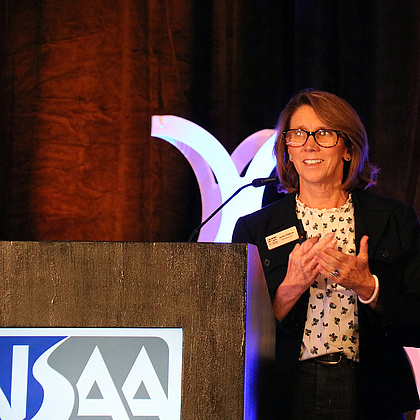
(Photo: M. Lobmaier)
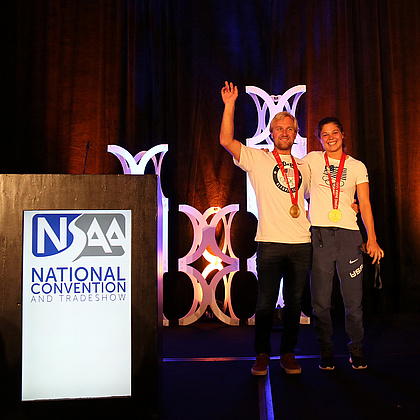
(Photo: M. Lobmaier)
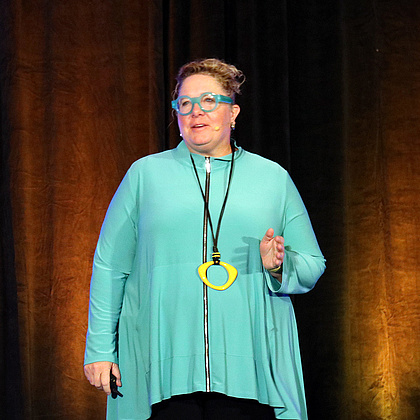
(Photo: M. Lobmaier)
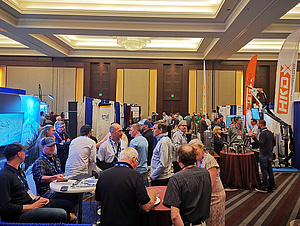
(Photo: M. Lobmaier)
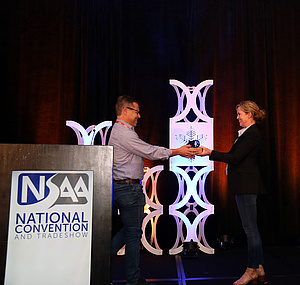
(Photo: M. Lobmaier)
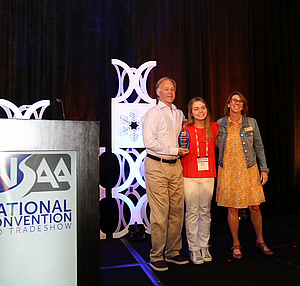
(Photo: M. Lobmaier)
Staffing issues, diversity and the digital workplace
As the conference program shows, this year’s event was very much about meaningful strategies to combat the current acute shortage of staff and skilled workers (because employees – as a result of the Covid-19 pandemic – retired early, moved to other industries, became depressed and dropped out, or simply no longer want to work as much as before), the need for increased diversity (with 87.5% of skiers and snowboarders currently white), and customized and sustainable products and services for the modern guest, cybersecurity, smart risk management strategies, the digital workplace, and the technological trends that have changed and will continue to change everyday business at U.S. ski resorts. One striking feature of the program in Nashville was the numerous panel discussions with U.S. ski resort chiefs, who shared their experiences and offered mutual support on a wide range of industry topics. This was doubtless intended to demonstrate the increased sense of community in the industry, probably due in part to the impacts of the pandemic.
Opening keynote: The Human Value Era
On the first day of the event, future-of-work strategist Heather E. McGowan spoke among other things about how much the coronavirus pandemic has changed the working world and employees’ demands, and why a very different style of leadership and corporate culture are important for continued success as a ski resort operator: “As we hand over more and more mental routine and predictable tasks to (digital) technology in today’s working world, human talent and imagination will provide companies with a real competitive advantage. We have now entered the era of human capital, an era in which people are seen as assets to be developed rather than costs to be contained. At its core, the digital transformation is a human transformation. At this year’s World Economic Forum, it was predicted that the Covid-19 pandemic would greatly accelerate the processes of change at the workplace with the result that about 50% of the existing workforce will need to be retrained by 2025. One conclusion reached in Davos is that analytical thinking, creativity, leadership and social influence will be among the top skills needed in 2025. For continuing success as an employee or as a company, lifelong learning is accordingly a must.”
A regular and eagerly anticipated item at every National Convention & Tradeshow is the Kottke Report prepared by Dave Belin, Director of Consulting Services, RRC Associates, which provides details of the results for the previous season on behalf of the NSAA. 180 of today’s 473 ski resorts in the United States were analyzed for the 2021/22 end-of-season report. In this context it is worth mentioning that, unlike many European ski areas, winter resorts in the U.S. were not affected by government-mandated closures during the Covid-19 pandemic, although certain safety measures had to be implemented, which varied in some cases among the 37 U.S. states that have ski resorts. Average winter operating days throughout the country came to 110 in 2021/22, one day less than in 2020/21 and three days less than the 10-year average.
Record visitor total
Skier visits totaled 61 million in the 2021/22 winter season, a record figure since the beginning of visitor records in 1978/79 winter season and a 3.5% increase over the national figure for the previous winter season. (A skier visit is defined as one person visiting a ski area for all or any part of a day or night for the purpose of skiing, snowboarding, or other downhill sliding.) A major factor in this very good overall performance was the result for the Rocky Mountains region with a total of 25.2 million visits (+ 11.5%). Other regions with an increase in skier visits over the 2020/21 winter season were the Northeast (+4.2%), Midwest (+4.9%) and Pacific Southwest (+2.4%). Only two regions – the Southeast (-15.8%) and Pacific Northwest (-16.8%) – reported a decline in skier visits. One striking detail in the results is the fact that more skiers and snowboarders have been coming to the ski areas during the week since the Covid-19 pandemic. This means that visits are better distributed throughout the week, thus reducing visitor concentrations at the weekends. The trend toward outdoor recreation that was emerging in the previous winter season already continued in the winter of 2021/22. People are showing a growing interest in outdoor activities, and this applies to both summer and winter. In terms of the number of visitors, the percentage of snowboarders dropped from 29.8% in the 2020/21 winter season to the current figure of 27% nationwide. Another interesting detail: among skiers, the number of returnees (= visitors who stopped skiing for a year or more and have now started again) increased to 34.3% (2020/21: approx. 26.2%).
Season passes again the first choice
For the third year in succession, season passes overtook day passes in terms of skier visits. Season pass holders accounted for 51.9% of total visits nationwide, and ski resorts of all sizes and in all regions reported an increase in the number of season passes sold. The share of single-/multi-day passes also increased, to 37.3 percent. The average price of a weekend pass increased by $26 or 18%. 47 U.S. ski resorts now apply a dynamic weekend pass price of $135. The dynamic prices are mostly pitched lower to achieve better utilization of periods with less demand.
Snowfall slightly down
In the past, changes in skier visitation often correlated with the snowfall, more snow generally meaning more skiers and snowboarders. This was not the case in the 2021/22 winter season, however, with its record total of 61 million visitors, as average snowfall nationwide was 145 inches, down from the previous year’s 146 inches and the 10-year average of 166 inches. In order to become less dependent on natural snowfall, capital spending again went into snowmaking for the 2021/22 winter season. Nationwide, there has been a slow increase in the total area with snowmaking facilities. Currently, 57% of total ski slope area in the U.S. has snowmaking. However, the response rate of the resorts surveyed varies widely from year to year, making it difficult to draw sound conclusions about the actual snowmaking rate.
A major blemish on the record winter season in 2021/22 was and still is the ongoing shortage of staff and skilled workers, which is affecting many other industries in addition to winter sports.
Urgent staffing issues
Staff shortages had the greatest negative impact on business at U.S. ski resorts in the last winter season. 81% of all ski resorts were not fully staffed, with an average shortfall of 75 employees per resort. As a result of these staffing problems, many ski resorts were forced to reorganize their operations, e.g. with reduced availability of chairlift, tubing or ski school facilities. To address these staff shortages, U.S. ski resorts increased salaries, introduced end-of-season bonuses and made more accommodation available for employees. Currently, 57% of U.S. ski resorts have staff houses compared with 46% last year.
Plans for record levels of capital investment
In preparation for the upcoming 2022/23 winter season, U.S. ski resorts are planning to spend a total of $728 million. For example, more than 70 new lifts and ropeways will be built and over 60 existing installations refurbished.
The next NSAA National Convention & Tradeshow will be held May 8-11, 2023, in Savannah, Georgia.
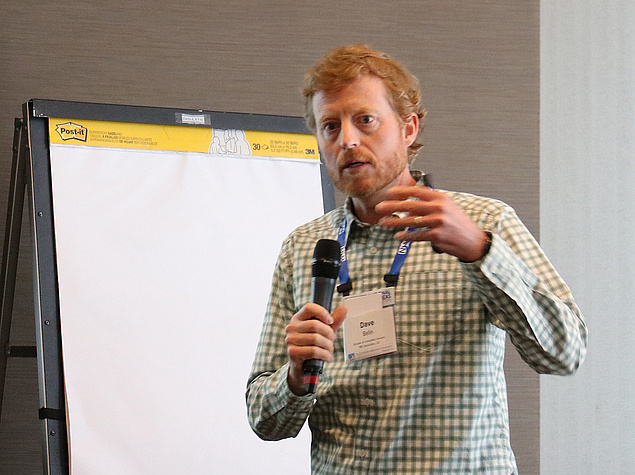
(Photo: M. Lobmaier)
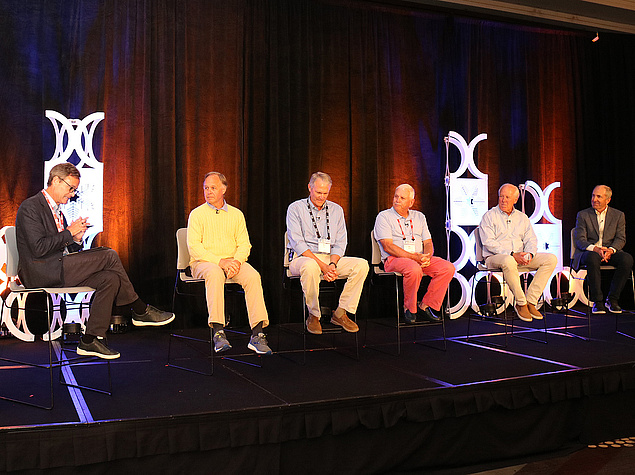
(Photo: M. Lobmaier)

(Photo: M. Lobmaier)
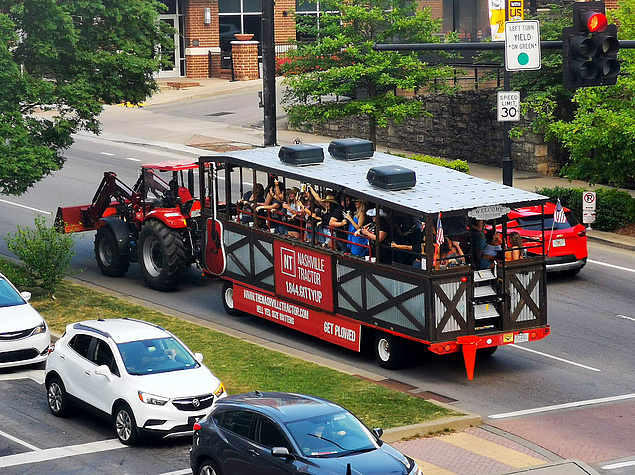
(Photo: M. Lobmaier)
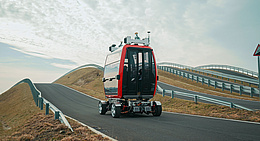
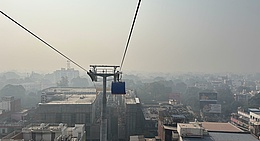
![[Translate to English:] (c) Doppelmayr](/fileadmin/_processed_/b/3/csm_85-ATW_Stechelberg-Muerren_Lauterbrunnen_CHE_001_6442c0520d.jpg)

